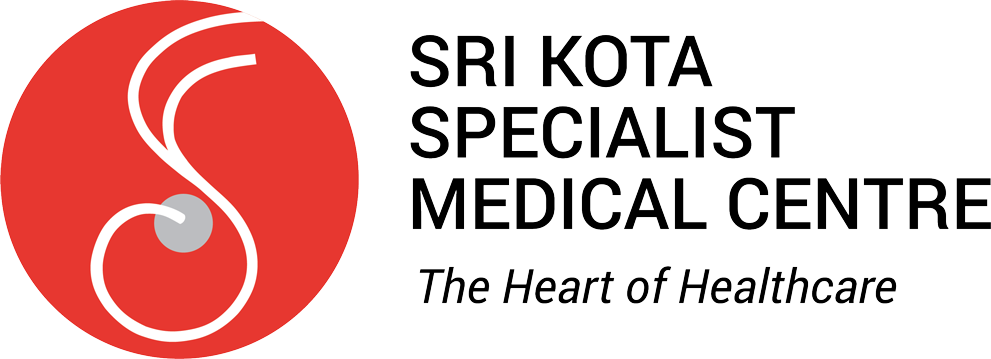Sleep Apnea: The Underdiagnosed Disorder
Do you often feel tired, moody, or groggy even when you get a full night’s sleep?
If yes, you are not alone, and you are more likely to be among the millions of people worldwide suffering from a sleeping disorder called obstructive sleep apnoea commonly known as OSA.
The disorder often goes undiagnosed, leaving sufferers to struggle with exhaustion, poor focus, and even an elevated risk of heart disease and stroke.
What causes OSA?
Sri Kota Specialist Medical Centre’s E.N.T. and Head & Neck Surgery Dr. Johnson Ng Wei Siang says, “It is a serious sleep disorder that causes a person’s breathing to repeatedly stop and start during sleep. There is a cessation of breathing for 10 seconds or longer. This is caused by the obstruction of the upper airway during sleep. The level of obstruction in the upper airway can occur either in the nose, nasopharynx, oropharynx, or hypopharynx.”
During a typical sleep cycle, an individual goes through the different stages of sleep for both REM and non-REM sleep. The different stages of sleep serve specific and important purposes, both physically and mentally. OSA breaks the normal healthy sleep cycle, which is critical to feeling fully rested throughout the night as sleep becomes fragmented.
Three Types of Sleep Apnea
Dr. Johnson explains of the three types of sleep apnoea (central, obstructive and mixed), “Obstructive sleep apnea is the most common, and it occurs when there is a respiratory effort to breathe but with no corresponding airflow into the upper airway due to obstruction. Meanwhile, central sleep apnea occurs without any corresponding respiratory effort to breathe, which differs from the mechanical obstruction seen in OSA. In other words, it is when the brain does not send the correct signals to the muscles that control breathing.”
“Mixed sleep apnea is a combination of the two; it has both components of central and mechanical obstruction,” adds Dr. Johnson.
Spot Tell-tale Signs and Symptoms of Sleep Apnea
According to Dr. Johnson, OSA patients will have common symptoms because their sleep cycle is disturbed at night. “The most common symptom of this disorder is snoring. Based on studies, patients with OSA are likely to be habitual snorers, and there have been instances where their partners may also observe those apnoeic spells or restlessness during their partners’ sleep.”
Other signs and symptoms of OSA include:
- Excessive daytime sleepiness
- Observed episodes of stopped breathing during sleep
- Abrupt awakenings accompanied by gasping or choking
- Awakening with a dry mouth or frequent sore throats
- Morning headache
- Difficulty concentrating during the day
- Mood changes, such as depression or irritability
- High blood pressure
- Decreased libido
- Nocturia
Long-terms effects of OSA
Several comorbidities, such as a higher risk of coronary artery disease, heart failure, stroke, and hypertension, have been linked to OSA. The sleep disorder may also have an impact on the person’s mood and productivity at work which can impact a family’s financial wellbeing. Children may also suffer from OSA which leads to overall poor academic performance. From perspective of society, OSA have also been linked to increased risk of motor vehicle accident especially for public road transport operators.
Get Diagnosed for OSA Today
OSA is a serious medical condition that can have a large impact on your quality of life. If you think you may be at risk, it’s important to speak to your doctor as soon as possible.
“OSA can be diagnosed in various ways, including clinical examination, body mass index (BMI) checks, and self-scoring questionnaires. Sleep study (polysomnography) is the gold standard for diagnosis and can help determine the severity of OSA by calculating the apnoeic hypopnoeic index (AHI),” says Dr. Johnson.
In addition, treatment for OSA is multi-pronged. Lifestyle changes are important to manage OSA. “Healthy lifestyle practices that are beneficial include regular exercise, weight reduction, avoiding alcohol and sedatives, caffeine, and smoking,” concludes Dr.Johnson.
Prepare by Dr. Johnson Ng Wei Siang, Consultant ENT/Head & Neck Surgeon

